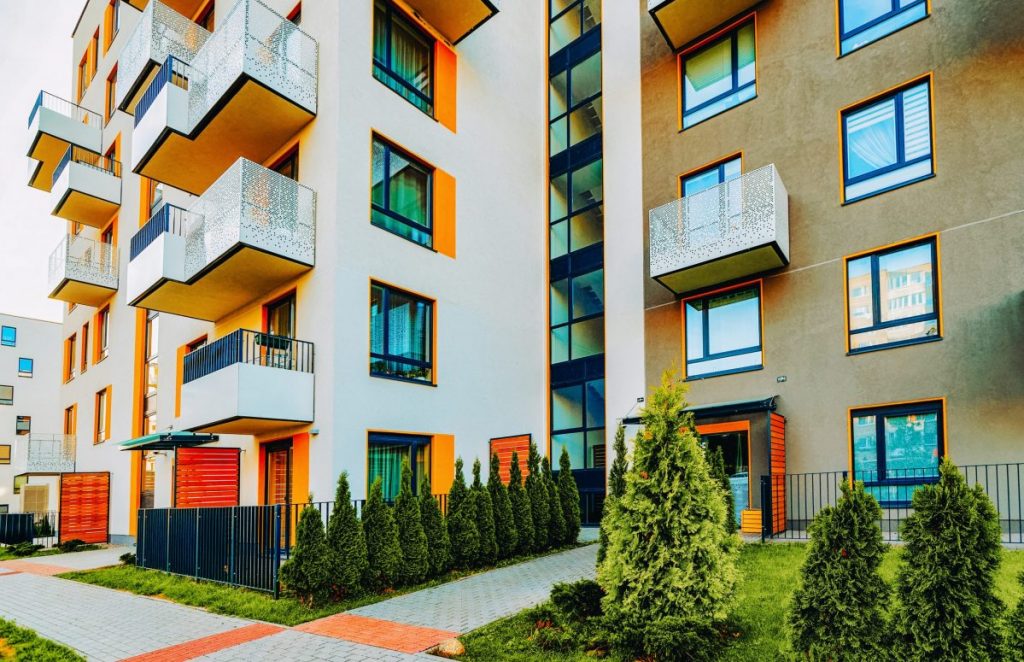Do you know the difference between homeowners and renters insurance? Our at-a-glance chart helps you compare them side-by-side.
Whether you rent your home or own it, you need insurance to protect it. Yet, surveys show a drastic difference between renters and homeowners that have insurance. Only about 41 percent of renters have renters insurance compared to 95% of homeowners who have home insurance.
Although both can provide financial protection against property damage, legal liability, medical payments to others, and additional living expenses (ALE), there are several other differences between these two types of policies.
In the chart below, we outline the key differences between homeowners and renters insurance, what type of coverage each one offers, and why these policies are essential to protect your home whether you own or lease.
Side-by-Side Comparison of How Homeowners’ Insurance Differs from Renters Insurance
| Homeowners Insurance | Renters Insurance | |
| Who it covers | People who own their home | Tenants who lease their residence |
| What it covers | Physical building structure (ex. house, garage, shed, etc. Personal belongings (ex. furniture, TV, clothes, etc.) Liability Medical payments to others Additional living expenses | Personal belongings (ex. furniture, TV, clothes, etc.) Liability Medical payments to others Additional living expenses |
| Why you need it | Lenders typically require it if/when you apply for a mortgage | Many landlords require it when you sign a lease since their policies only pay to repair the structure (and not replace your things) if damage occurs |
| How it covers you | Pays to repair or rebuild your home and/or replace your personal belongings (ex. furniture) after a fire, theft, vandalism, falling tree, or bad weather, such as lightning, wind, or hail, causes damage. Provides coverage if your things are stolen from your property. Pays for extra living expenses if your home becomes unlivable when it’s damaged (by a danger listed in your policy), and you have to spend money on a temporary place to live (ex. hotel) while it is being repaired. Pays legal fees if you’re sued over an incident that happens on your property. Helps to pay for someone’s medical bills if they get hurt on your property, and you’re legally responsible. Also helps to pay to repair damages you cause by accident to another’s property. | Pays to replace your things that are damaged by fire, smoke, lightning, storms, theft, explosions, faulty plumbing, or any other disaster listed in the policy. Provides coverage if your apartment, car, or storage unit is broken into and your things are stolen. Pays for extra living expenses if your rental becomes unlivable when it’s damaged (by a danger listed in your policy), and you have to spend money on a temporary place to live (ex. hotel) while it is being repaired. Pays legal fees if you’re sued over an incident that happens in your rental. Helps to pay for visitors’ medical bills if they get hurt in your rental, and you’re legally responsible. Also helps to pay to repair damages you cause by accident to another’s property. |
| What levels of coverage you should consider | Actual cash-value coverage reimburses you for the cost of the item(s) at the time of the loss, minus depreciation and your deductible. or Replacement cost value which would reimburse the full value of buying a new item. or Extended replacement cost/value pays for whatever it costs to repair or rebuild your home—even if it’s more than your policy limit. | Actual cash-value coverage reimburses you for the cost of the item(s) at the time of the loss, minus depreciation and your deductible. or Replacement cost value which would reimburse the full value of buying a new item. |
| What forms are available | HO-1: narrow coverage; not in most states HO-2: expands coverage to include water damage from plumbing and falling objects HO-3: provides broad protection for many types of damages but only covers personal items for specific ones HO-5: covers almost all damages unless excluded HO-8: covers older, historical homes | HO-4 only |
| What you will pay for… Average cost per year Common deductible(s) | $1,272 $500-2,000 | $174 $500 |
Whether you need homeowners or renters insurance, a member of the Guided Solutions team is ready to help you with a solution that can fit your needs. Connect with us today!
